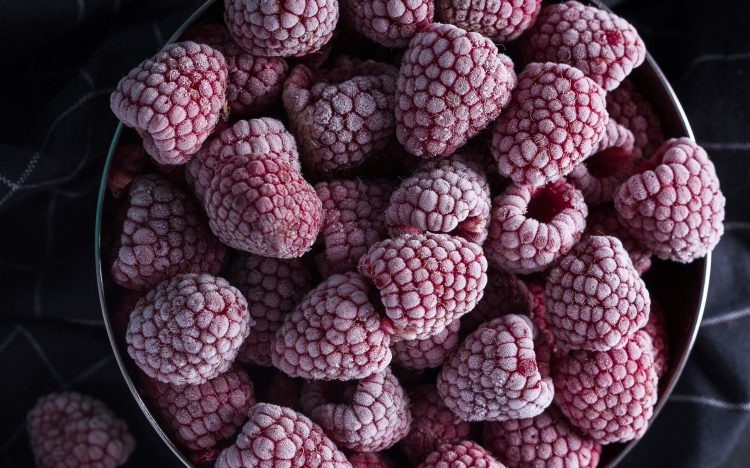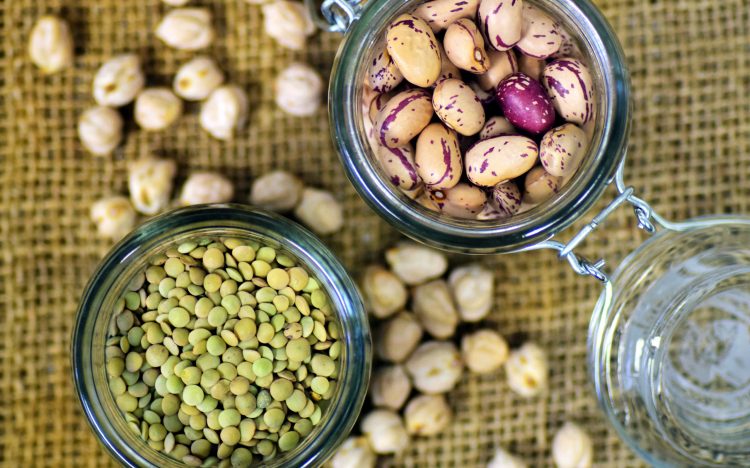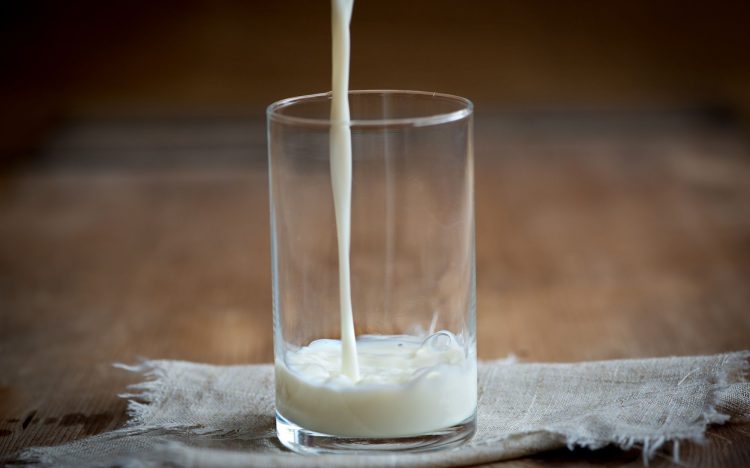The following is an overview of foods with the high nutritional value which are generally affordable, accessible and have a longer shelf life. You may use this list as inspiration for what to keep at home during self-quarantine or longer home stays.
Long-lasting fresh fruits and vegetables
WHO recommends consuming a minimum of 400 g (i.e. 5 portions) of fruits and vegetables per day. Citrus fruits like oranges, clementines and grapefruit are good options, as well as bananas and apples, which can also be cut into smaller pieces and frozen for later consumption or to add to smoothies. Root vegetables such as carrots, turnips and beets, as well as vegetables like cabbage, broccoli and cauliflower are relatively nonperishable. Garlic, ginger and onions are also great options to keep at home, as they can be used to add flavour to a variety of meals.

Frozen fruits and vegetables
All frozen fruits such as berries, pineapple and mango are great options, as they still contain high levels of fibre and vitamins and are often less expensive than the fresh versions. These frozen fruits can be added to juices, smoothies or porridge or eaten with low-fat plain yoghurt after defrosting.
Frozen vegetables are nutritious, quick to prepare, and consuming them can help reach the recommendations, even when fresh foods are scarce.

Dried and canned pulses
Beans, chickpeas, lentils and other pulses are great sources of vegetable protein, fibre, vitamins and minerals. These are also rather versatile and can be used for stews, soups, spreads and salads.

Whole grains and starchy roots
Wholegrain rice and pasta, oats, buckwheat, quinoa and other unrefined whole grains are excellent foods as their shelf life is long, they can easily be prepared, and they contribute to fibre intake. Unsalted crackers and wholegrain bread are also good options. Bread can conveniently be frozen for later use, ideally in slices for easier defrosting, to extend its freshness.
Starchy roots such as potatoes, sweet potatoes and cassava are also long-lasting and good sources of carbohydrates. These should ideally be baked, boiled or steamed. Leave the skins on for extra fibre and flavour.

Dried fruits, nuts and seeds
Particularly unsalted and unsweetened, these may serve as healthy snacks or added to porridge, salads and other meals. Nut butters or spreads are also good options, as long as you choose 100% nut butters which do not have added sugar, salt, or partially hydrogenated or palm oils.

Eggs
Eggs are a great source of protein and nutrients and are incredibly versatile. Opt for boiling or poaching rather than frying.

Canned vegetables
Although fresh or frozen vegetables are normally the preferred option, canned vegetables such as mushrooms, spinach, peas, tomatoes and green beans are good alternatives with a longer shelf life, to ensure a sufficient intake of vegetables. Remember to choose, when possible, options with low or no added salt.

Canned fish
Canned tuna, sardines and other fish are good sources of protein and healthy fats. These can make a healthy addition to salads, pastas or whole grain breads. If possible, choose fish canned in water rather than oil or brine.

Reduced-fat, shelf-stable milk
Dairy products provide an inexpensive source of protein and other nutrients. Choosing reduced-fat dairy is one way to reduce saturated fat consumption, while also getting all the benefits of dairy. UHT milk in a can or carton will be relatively shelf stable. Powdered milk is another shelf-stable option.

(Refer: WHO)







